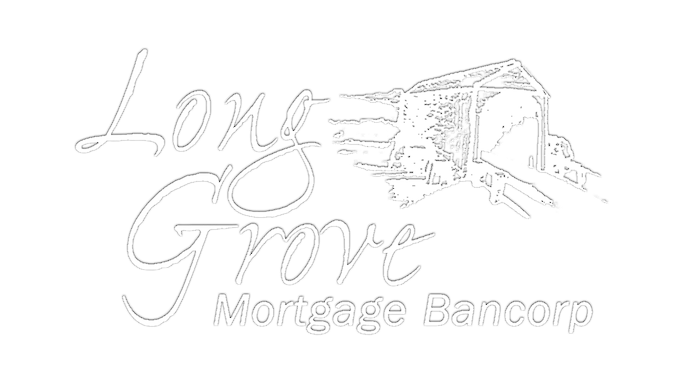Benefits of Putting 20% Down on a Home
If you’re thinking of buying a home, you may be wondering what you need to save for your down payment. Is 20% of the loan necessary? Or could you put down less? While there are lower down payment programs available that allow qualified buyers to put down as little as 3%, it’s helpful to be aware of the benefits that come with a 20% down payment.
While it’s not necessary to put that much down, here are four reasons why putting 20% down may be the best option if it’s within your budget.
1. Lower Interest Rate
A 20% down payment vs. a 3-5% down payment shows your lender you’re more financially stable and not a large credit risk. The more confident your lender is in your credit score and your ability to pay your loan, the lower the mortgage interest rate they’ll likely be willing to give you.
2. You’ll Pay Less in the Long Run
The bigger your down payment, the smaller your loan amount will be for your mortgage. For example, if you pay 20% of the cost of your home at the start of the transaction, you’ll only pay interest on the remaining 80%. If you put 5% down, the additional 15% will be added to your loan and will accrue interest over time. This will end up costing you more over the lifetime of your home loan.
3. Competitive Advantage in a Sellers Market
In a market where many buyers are competing for the same home, sellers often prefer offers with 20% or more down payments. The seller gains the same confidence as the lender in this situation. You are seen as a stronger buyer with financing that’s more likely to be approved. Therefore, the offer will be more likely to be accepted.
4. Private Mortgage Insurance (PMI)*
What is PMI? According to Freddie Mac:
“For homeowners who put less than 20% down, Private Mortgage Insurance or PMI is an added insurance policy for homeowners that protects the lender if you are unable to pay your mortgage.
It is not the same thing as homeowner’s insurance. It’s a monthly fee, rolled into your mortgage payment, that’s required if you make a down payment less than 20%. . . . Once you’ve built equity of 20% in your home, you can cancel your PMI and remove that expense from your monthly payment.”
(Courtesy of FreddieMac)
If you put down less than 20%, your lender will see your loan as riskier. In the event you’re unable to pay your loan, PMI helps the lender recover their investment.
Typically insurance isn’t required if you’re able to put down 20% or more. However, Long Grove Mortgage has access to special programs that allow qualified borrowers to drop PMI when putting as little as 10.01% down. Call for a free consultation.
Often times, home sellers looking to move up to a more expensive home are able to take the equity they earn from the sale of their house to put 20% down on their next home. With the equity homeowners have today, it creates a great opportunity to put those savings toward a larger down payment on a new home.
Bottom Line
If you’re looking to buy a home, consider the benefits of 20% down versus a smaller down payment. But keep in mind this is by no means required.
In fact, the National Association of Realtors reported that in 2021, the average down payment on a house or condo was only 12%. It was just half that at 6% for home buyers aged 30 and under.
We’d love to talk to you about your options so we can find the best scenario for your situation. Give us a call any time for a free, no obligation consultation.
Long Grove Mortgage Bancorp • 847-634-2252 • NMLS #210846

